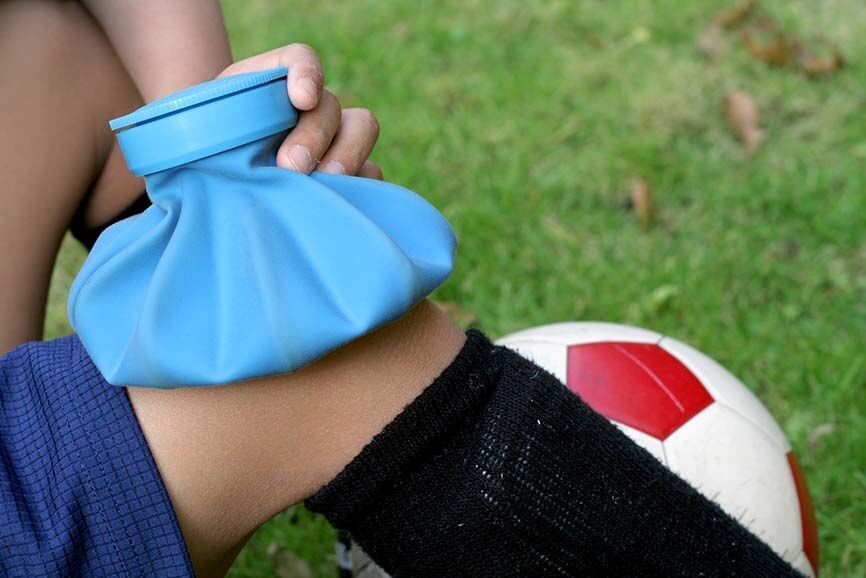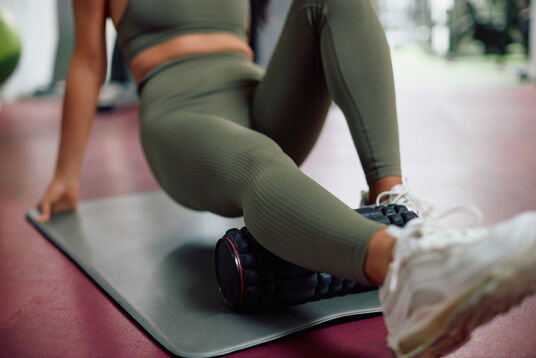Sports & Rehab
The benefits of cold therapy in sport and injury recovery
by USL Sport May 02, 2022

Cold therapy is a common method used following injury and physical activity to help individuals recover. As a rule of thumb, injuries are commonly managed with ice and cold therapy in the acute stages, to cool down the injured joint or tissue and aid in the reduction of swelling and pain to joints and soft tissue. A common term heard in sport injury management is “RICED” – rest, ice compression and elevation. This technique involves:
- Immediately resting the affected area
- Placing ice on the affected area
- Wrapping the affected area with an athletic wrap or elastic bandage
- Elevating the affected area
- Diagnosis of the affected area
The combination of the above steps aims to immobilize, cool down and provide compression to the affected area, which can assist with swelling and pain. The proper method for this technique involves avoiding use of the injured area, and applying ice for 20 minutes at a time, four to eight times a day[1]. Compression is most useful in the first week following injury[2], and experts suggest elevating the area for 2-3 hours per day[3].
Some considerations when using the RICED method include:
- Ensuring that the ice never touches the skin – this can be achieved through using an ice/hot bag, such as the USL Sport Ice/Hot Bag or by placing a towel on the skin prior to applying ice
- Ensuring compression is applied firmly enough to provide support, without cutting off blood flow to the area. The USL Sport Wrap n Ice Kit is designed to provide RICED treatment and includes a sports compression wrap
The RICED method is most effective in assisting with the treatment of sprains and strains, and isn’t recommended for broken bones, or more serious injuries. It is important to assess whether the individual requires medical attention in the first instance, or if the injury can be managed conservatively.
The above information is designed as a guide only and is not intended to replace medical advice. Please consult with your healthcare professional to ensure that you get the most accurate information and advice for your needs.
[1] Sprains and strains. (2015, January 30) https://www.niams.nih.gov/health-topics/sprains-and-strains
[2] What is the RICE method for injuries? (2018, April 11) https://www.medicalnewstoday.com/articles/321469
[3]R.I.C.E. Treatment. (2013) https://www.pinnaclehealth.org/wellness-library/blog-and-staywell/health-resources/article/40289
More related articles

Our top 5 products to recover well this sports season
Those who partake in regular exercise and activity know that rest and recovery is essential to performance. However, a lot of us don’t take the time to recover properly whether that be not prioritising active recovery post workout or taking a rest day.

